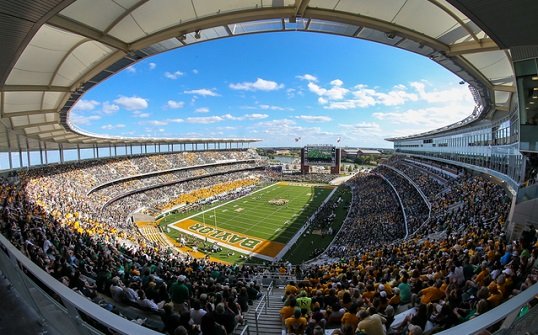When Do High School Football Seasons Start and End in the United States typically starts with preseason practices in late July to early August, involving conditioning, drills, and scrimmages. The regular season kicks off in late August or early September, with teams playing one game per week, primarily on Friday nights. This regular season lasts around 10 to 12 weeks, concluding in late October to early November. Following the regular season, the playoffs commence in November, where qualifying teams compete in elimination games leading to the state championships. The high school football season culminates with state championship games held from late November to early December, and in some states, extending into mid-December End. These dates may vary slightly depending on regional climates and state athletic association regulations, but this timeline provides a general framework for the high school football season across the country.
Fall High School Football Season
The fall high school football season in the United States begins with preseason conditioning and practices in late July to early August. The regular season kicks off in late August or early September, featuring weekly games, predominantly on Friday nights, over a span of 10 to 12 weeks.
When Do High School Football Seasons Start and End?
High school football seasons in the United States typically follow a structured timeline with variations depending on the state and school district. Here’s a detailed overview of the season’s start and end:
Preseason Practices: Late July to Early August Teams begin with conditioning, training, and initial practices. Scrimmages Teams often participate in scrimmages against other schools to prepare for the season.
Regular Season: Late August to Early September The regular season kicks off, with games generally held weekly.
Regular Season: the regular season lasts about 10 to 12 weeks.
- Games: Typically played on Friday nights, but some may occur on Thursdays or Saturdays.
Playoffs and Championship Timeline
The timeline for high school football playoffs and championships can vary depending on the state and the specific rules of the organizing body. However, here’s a generalized timeline that many states might follow
- Playoff Qualification (Late October to Early November): Toward the end of the regular season, teams’ performances are assessed to determine playoff qualification. Each state or district may have its own criteria for qualification, which could be based on win-loss records, conference standings, or other factors.
- Playoff Rounds (Mid-November to Early December): Once the qualifying teams are determined, the playoff rounds begin. These rounds may include district playoffs, regional playoffs, and state playoffs, depending on the structure of the competition. Teams compete in elimination games, with winners advancing to the next round
- State Championships (Late November to Mid-December): The winners of the playoff rounds advance to the state championships. These championship games are typically held at neutral sites and may span multiple days to accommodate games in different divisions or classifications. The culmination of the season, state championships determine the best high school football team in each division or classification.
- Post-Season Awards and Honors (Late December to January): After the conclusion of the state championships, post-season awards and honors are often announced. This may include recognition for outstanding players, coaches, and teams, such as All-State selections, MVP awards, and Coach of the Year honors.
Conclusion:
the high school football season is a culmination of intense competition, dedication, and camaraderie. As teams progress through playoffs, dreams of championship glory fuel players and coaches alike. Yet, beyond the final score, football imparts invaluable life lessons, fostering resilience, teamwork, and sportsmanship. Memories forged on the field endure long after the season ends, shaping young athletes into leaders. As one season concludes, anticipation for the next begins, ensuring the enduring spirit of high school football lives on, uniting communities and inspiring generations





